https://nextforautism.org/wp-content/uploads/2019/04/Pic1.jpg
This remarkable 16-year-old high-school student, Shreya Suneja, became involved with autism causes when her younger cousin was diagnosed. She shares her story with us, hoping to inspire other young people towards greater acceptance of individuals with autism.
Walking through the hallways of my high school, one thing has become very clear to me: we are often unwilling to accept those that are different from us. Do we fear them? Do they make us uncomfortable? Or are we just so caught up in our patterns that we are blind to the experiences and relationships that we are missing out on? I believe that the last possibility holds the most truth and that we need to open ourselves up to all that each of us has to offer.
I became passionate about learning about others after I found out that my cousin Siana has autism spectrum disorder. Siana and I have always been very close. She is nine-years-old and the most loving person I have ever met. There is not a bad bone in her body. While I always thought there was something different about Siana, I never allowed myself to think that there was anything “wrong.”
At first, no one in my family told me about her diagnosis. It was too painful for them to talk about, and they all just assumed I knew. On the day that they told me, I felt only guilt that I had not known. That night, I stayed up until 4 A.M. finding out everything that I could. Now, I am a research assistant at a lab dedicated to helping children with autism. I also volunteer with many different local organizations that help them foster friendships.
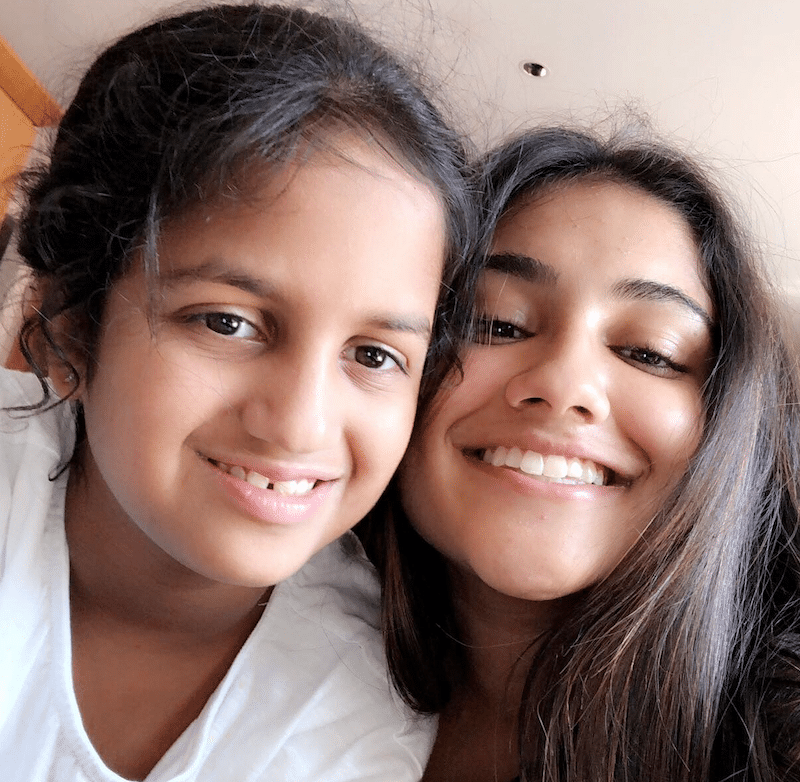
I have also realized that most typical high school students do not share my attitude. There is so much stigma surrounding autism, most likely due to a lack of education on the topic. The day after I learned about Siana’s diagnosis, someone in my class made a joke about another student, labeling them “autistic” for doing something that the person felt was dumb. Jokes like these are often ignored, allowing the stigma to continue and creating an association between conditions like autism and the horrible names. I was so upset that I went to the bathroom and cried. It hurt to think that my cousin, the little girl I care about more than anyone in this world, could be made fun of in the same way.
I know that I cannot always protect Siana from insults, so instead, I would like to help everyone realize that children with disabilities are a lot more than their disabilities. They have favorite foods, favorite colors, hobbies, and they just want to be treated like everyone else. The best way to achieve this is by fostering friendships among children of different capabilities and interests, including those who have conditions like ASD. The earlier children are introduced to this inclusive environment, the more effective we will be at creating a place where all children can feel safe to be and express who they are.
Siana has grown so much. She is one of the smartest 9 year-olds I know! She reads well above her grade level and can solve a puzzle faster than I can. She loves to sing and her voice is beautiful. She’s also an amazing swimmer. Siana and I are blessed to be surrounded by family who love and support us no matter the hardships that we face. Our family continues to fight for her and help her to be the best that she can be. Most importantly, Siana is still my best friend and I would not trade our special relationship for the world.
What Can You Do?
Click above for advice from Tim Rohrer, a teen with autism who feels so strongly about facilitating community and friendship that he created pamphlets to help children and teens make friends with people with disabilities.

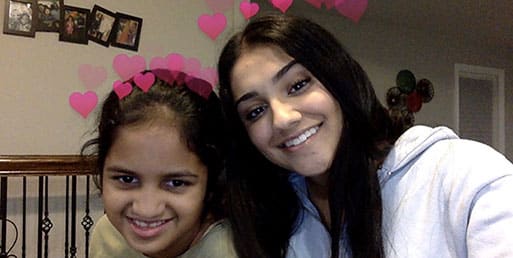

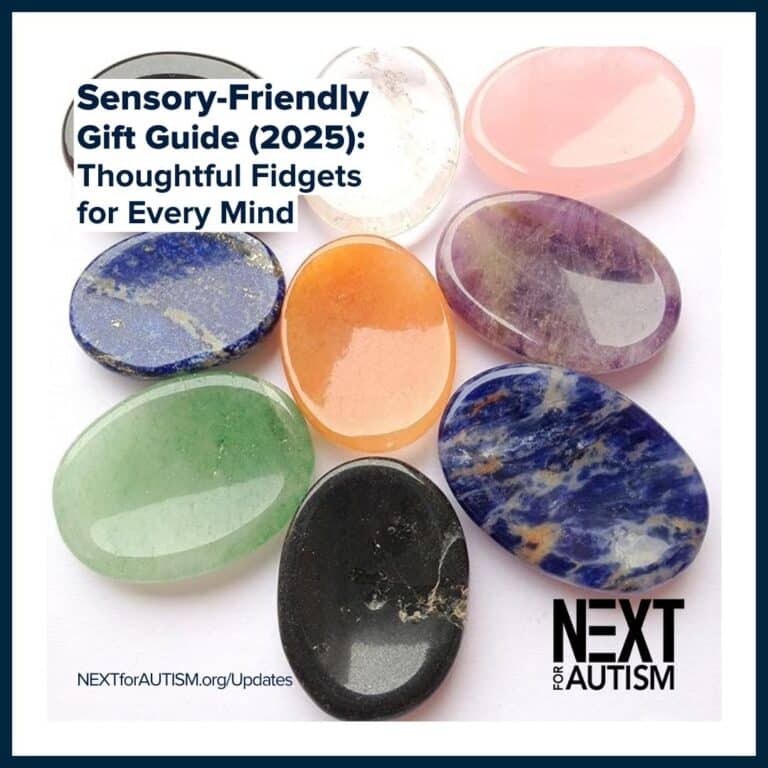
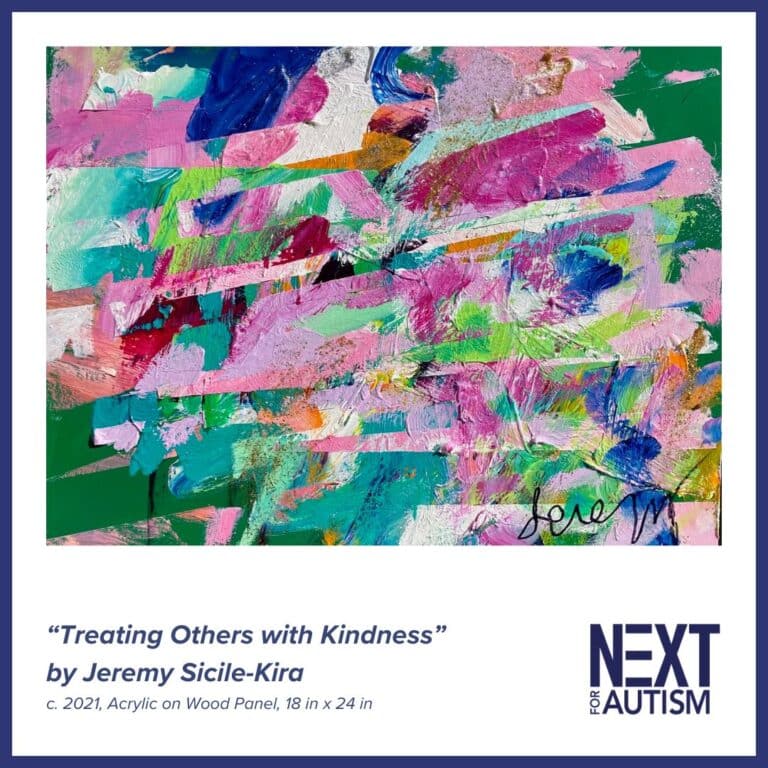
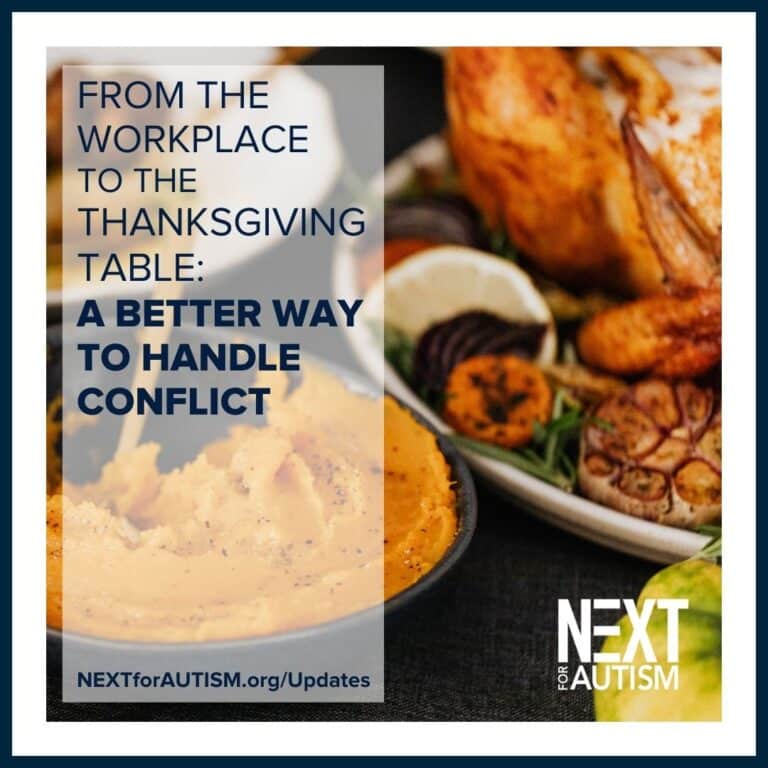


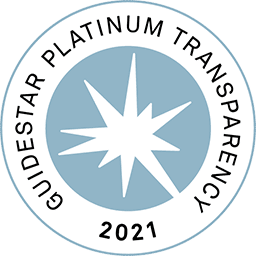
Leave a Reply